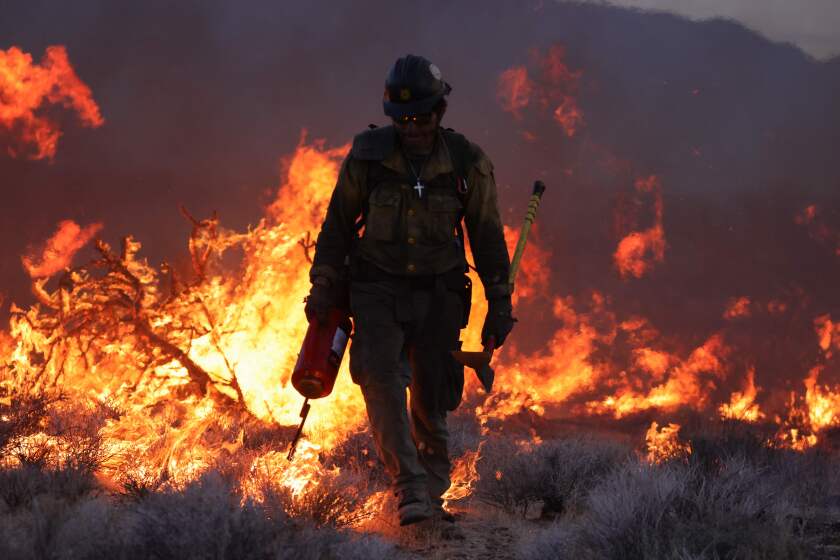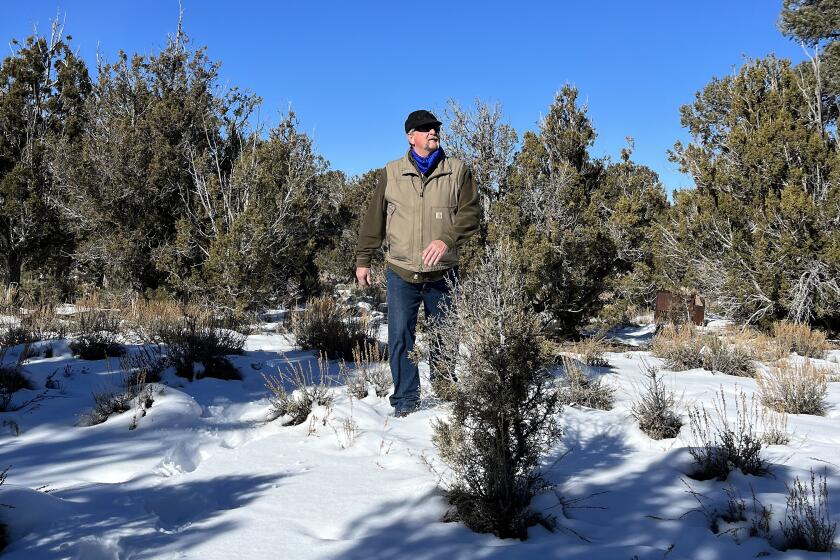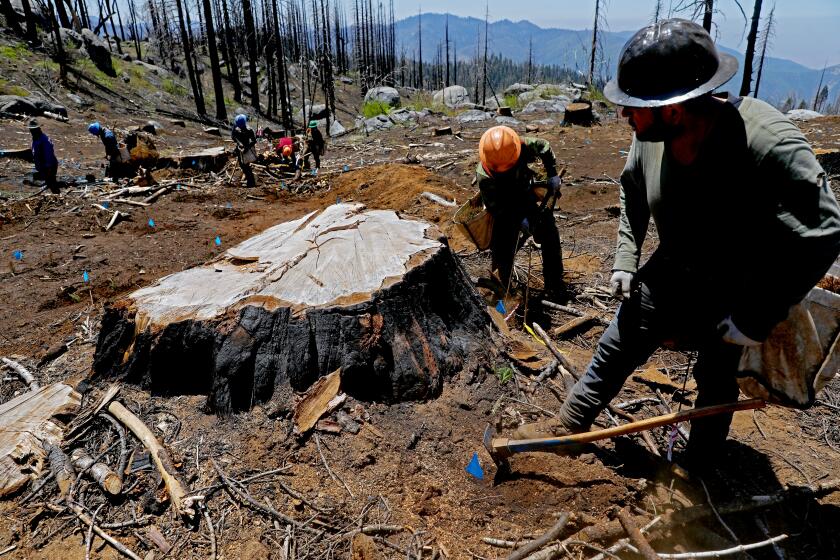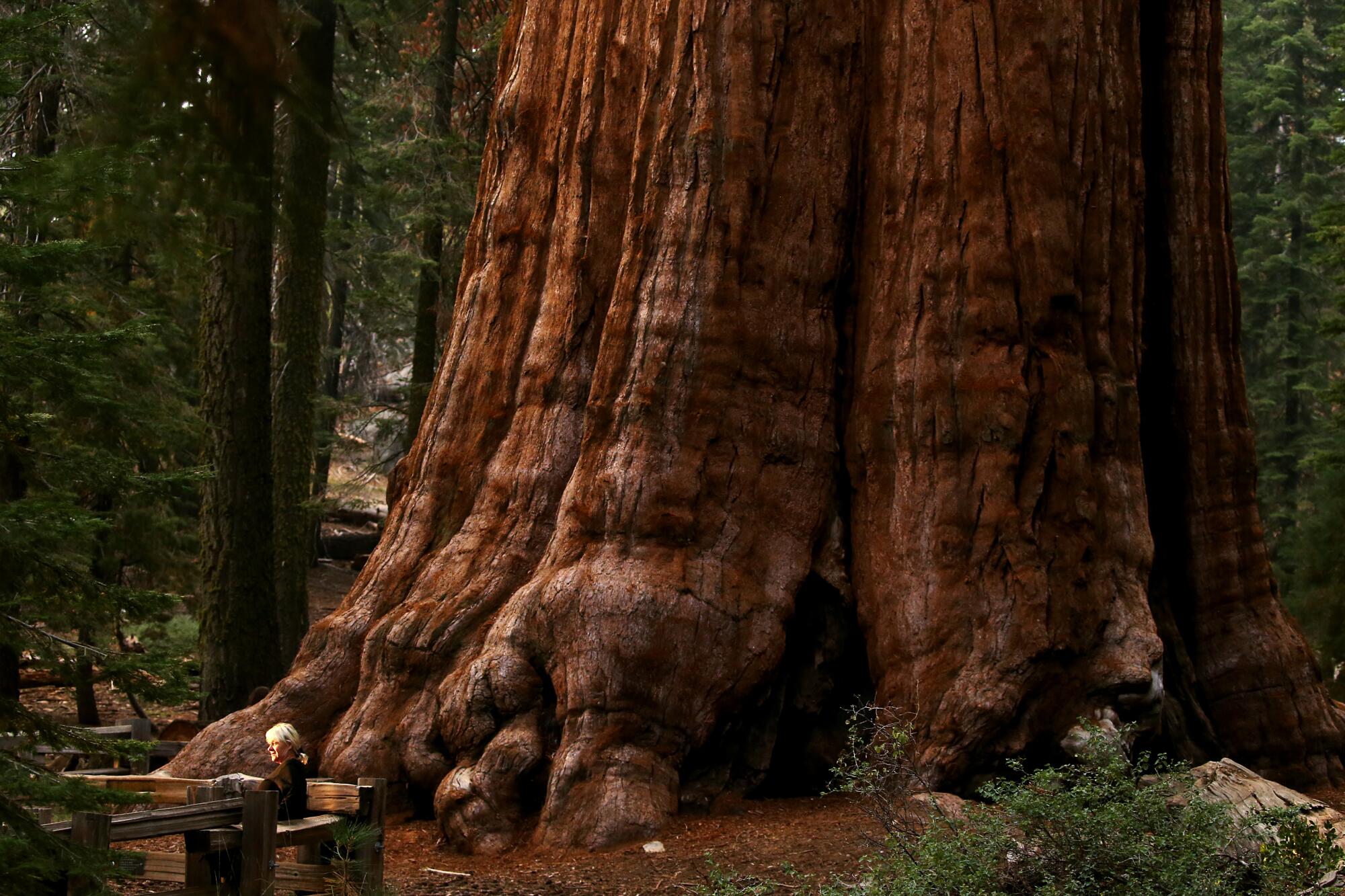
- Share via
Some of California’s most treasured parks are threatened by blight caused by pollution and climate change, according to a pair of new reports.
The four national parks with the highest ozone levels are all in California, with Sequoia and Kings Canyon National Parks topping the list of parks struggling with air that’s dangerous to breathe, according to a recent report by the National Parks Conservation Assn., an independent advocacy group.
Meanwhile, severe wildfires, drought and sea-level rise are ravaging state parks, which encompass nearly a quarter of California’s coastline, according to a separate report by the California State Parks Foundation, another advocacy group.
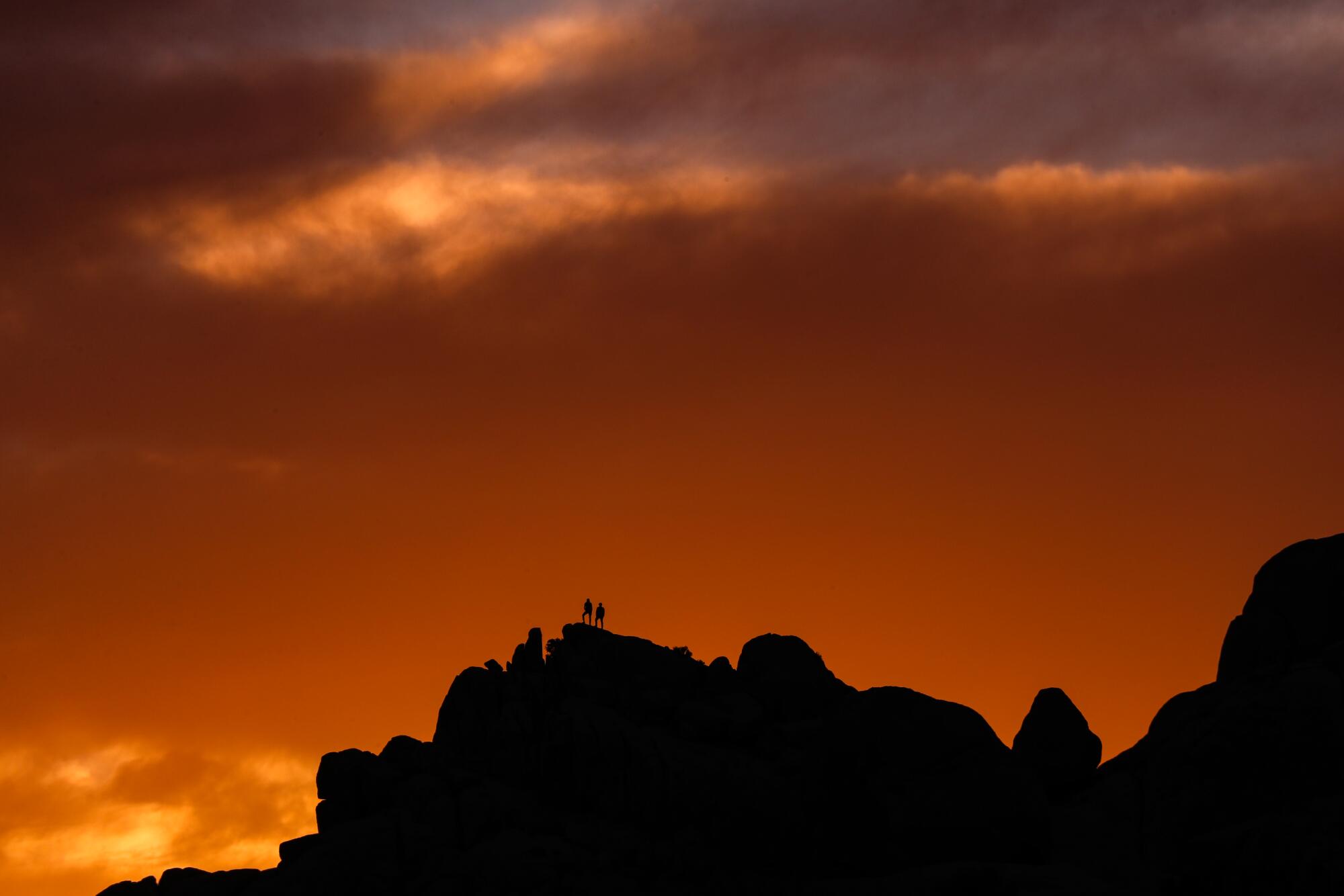
Ulla Reeves, interim director for NPCA’s clean air program, called California’s performance in the Polluted Parks report “disappointing.”
Joshua Tree National Park ranked as the second most ozone-polluted park, followed by Mojave National Preserve and Yosemite National Park, respectively.
From sequoias to bristlecone pines, millions of California trees are succumbing to worsening wildfires, severe drought, extreme heat and disease.
Death Valley National Park is sixth on the list, right below Carlsbad Caverns National Park in New Mexico.
“It’s not a surprise that air pollution is a problem in California. I think people know this,” Reeves said of her home state. “But we see that the sequoias and the Joshua trees and all of these places are really having an outsized experience of air pollution and climate threats.”
Behemoth sequoias and jagged Joshua trees are among millions of trees across the state succumbing to worsening wildfires, severe drought, extreme heat, disease and other stressors that have been intensified by global warming.
California has numerous sources of pollution that bleed into wilderness areas, since greenhouse gases don’t respect the boundaries of parks. Those sources include car-dependent population centers like Los Angeles; agricultural and industrial operations in the San Joaquin Valley; trucking and warehouse facilities in the Inland Empire; and the ever-buzzing ports complex in Los Angeles and Long Beach.

The report evaluated nearly 400 parks via three main air quality categories — unhealthy air, harm to nature and hazy skies. The report also examined four primary climate change threats affecting parks — wildfire, drought, sea level rise and invasive species.
The report used publicly available National Park Service data, but it was not reviewed by park service staff, according to a spokesperson for the agency.
Sasha Travaglio, volunteer program coordinator for Joshua Tree National Park, said in a statement that the agency monitors its air quality to understand the pollutants impacting parks and works with government agencies on regulations.
There were some hopeful findings in the report, which provided an update to a 2019 report of the same name.
Several measures of air quality improved over time, with the number of parks with significant concern levels in at least one of the air quality conditions dropping from 96% to 70%.
Significant concern levels for unhealthy air dropped by 52%, while hazy skies plummeted 94%, which the report attributes to the implementation of several clean air regulations.
However, the recent report found 97% of national parks are still experiencing significant or unsatisfactory levels of concern from air pollution. And California has not seen the same improvements as the rest of the country.
The pinyon pines and juniper trees that fill the high desert, seen by many as an invasive scourge, are drawing interest as a source of renewable energy.
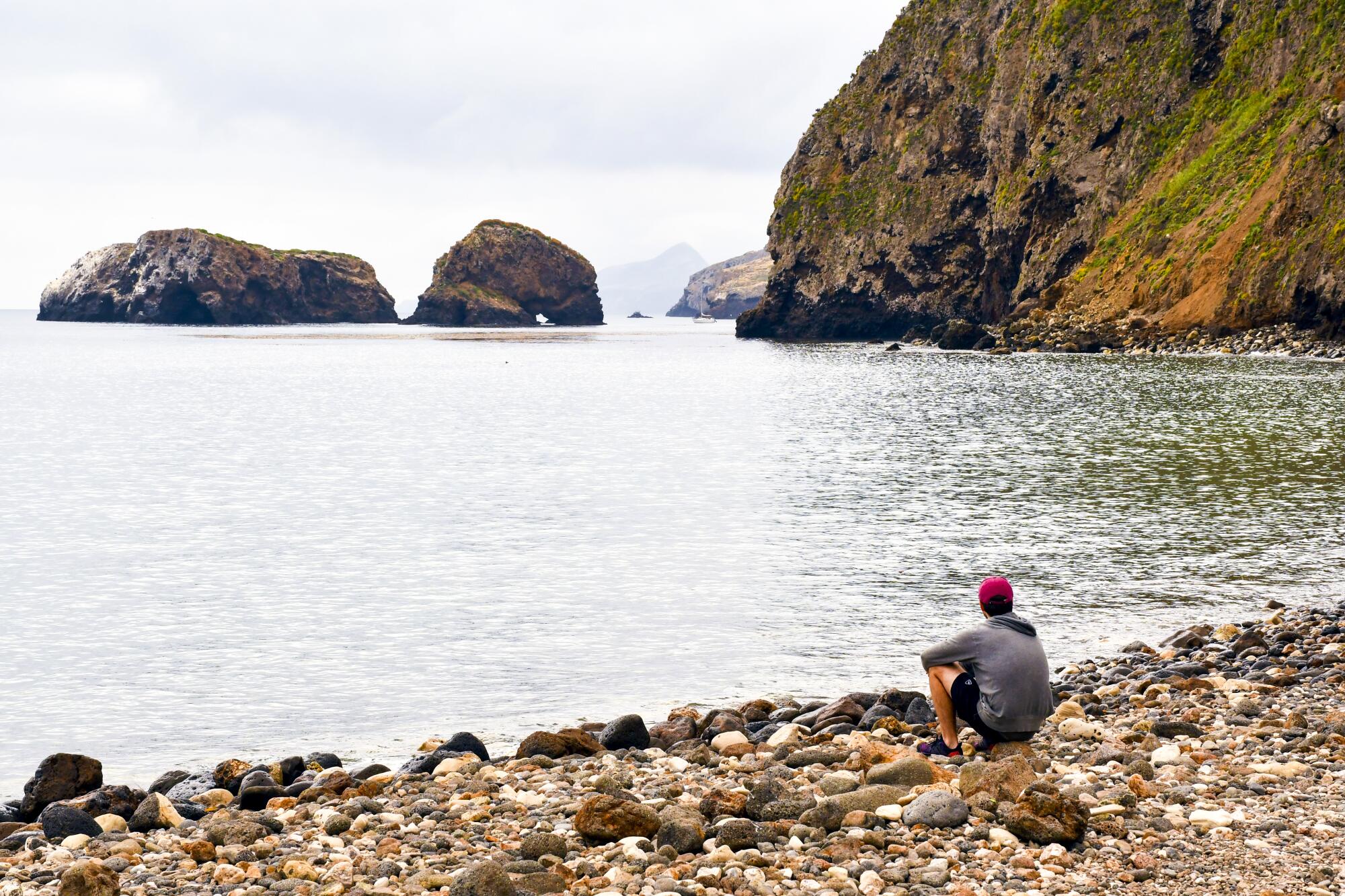
The Golden State is home to four of the national parks with the haziest skies, with Sequoia and Kings Canyon — which are contiguous — once again claiming the ignominious top slot. Death Valley, Pinnacles and Channel Islands National Park also made the top 10 list.
The report also found 57% of national parks are experiencing serious concerns related to climate change.
While invasive species were identified as the primary climate threat facing national parks across the nation, California parks are disproportionately at risk of wildfires — the second-leading threat.
As of 2022, half of the state’s 20 largest fires ignited over the previous five years. About 4% of the state burned in 2020 alone, the worst fire season on record. Both national and state parks have paid the price.
The York fire last year torched an untold number of Joshua trees in the Mojave National Preserve — on top of those incinerated in the 2020 Dome fire, turning a portion of the preserve into a “graveyard of Joshua tree skeletons,” according to the National Park Service. More of the iconic desert trees were mowed down by another 2020 fire in Arthur B. Ripley Desert Woodland State Park.
Between 2020 and 2021, three fierce wildfires are estimated to have killed 19% of all giant sequoias in their limited range in the Sierra Nevada mountains, which includes parts of Sequoia and Kings Canyon National Parks and Sequoia National Forest. Sequoias need fire to reproduce, but the supercharged blazes of recent years have become lethal to the trees already weakened by drought and bark beetles.
Many ancient redwoods were seared in a 2020 fire that devastated 97% of Big Basin Redwoods State Park, the oldest state park, according to the state parks foundation report.
Compared to the 2019 Polluted Parks report, there was no improvement in the harm to nature category. The evaluation is based on levels of sulfur and nitrogen that make their way into soil and water, as well as ozone pollution’s impact on trees and plants.
For the harm to nature category, 69% met the criteria for significant concern, with nitrogen deposition playing an outsize role. Nitrogen and sulfur, which are washed out of the sky by precipitation, can contaminate soil and water. High levels of nitrogen can trigger algal blooms and kill fish, the report notes.
Crews recently planted 30,000 giant sequoia seedlings in the western Sierra, as part of an ongoing effort to restore groves devastated by wildfire.
Reeves said the report provides another lens to see how climate change and air pollution are wreaking havoc on the world, “because not only are our communities and people experiencing these problems, but these places that we love, and that we want to protect.”
Hopefully, she said, the dire findings in the report will motivate people to do more to safeguard national parks for future generations.
Recommendations in the report include finalizing new vehicle emission standards, as well as establishing air quality standards for ozone and fine particulate matter specifically to protect scenic views and nature.
The report also suggests amending regulations intended to improve visibility in national parks across the country, known as the Regional Haze Rule, to address flaws — and holding polluters accountable for their negative impacts on parks.
Rachel Norton, executive director of California State Parks Foundation, made the case that state parks can provide a solution to climate change woes.
California State Parks, the agency overseeing the state park system, manages an astounding 1.6 million acres of land. Norton described the parks as a “lever that the state really has full control over.”
While California can’t pass laws that govern national parks, it can make budget decisions for its own parks, she said. The state parks foundation in its recent report advocates spending tens of millions of dollars to address wildfire and sea-level rise at the parks, as well as hiring permanent staff to work on climate change-related efforts.
“And if [the state] chooses to not invest, and not see these places as essential and critical to the success of our climate goals, then we might fail,” she said. “And that’s kind of unthinkable.”
Toward a more sustainable California
Get Boiling Point, our newsletter exploring climate change, energy and the environment, and become part of the conversation — and the solution.
You may occasionally receive promotional content from the Los Angeles Times.

